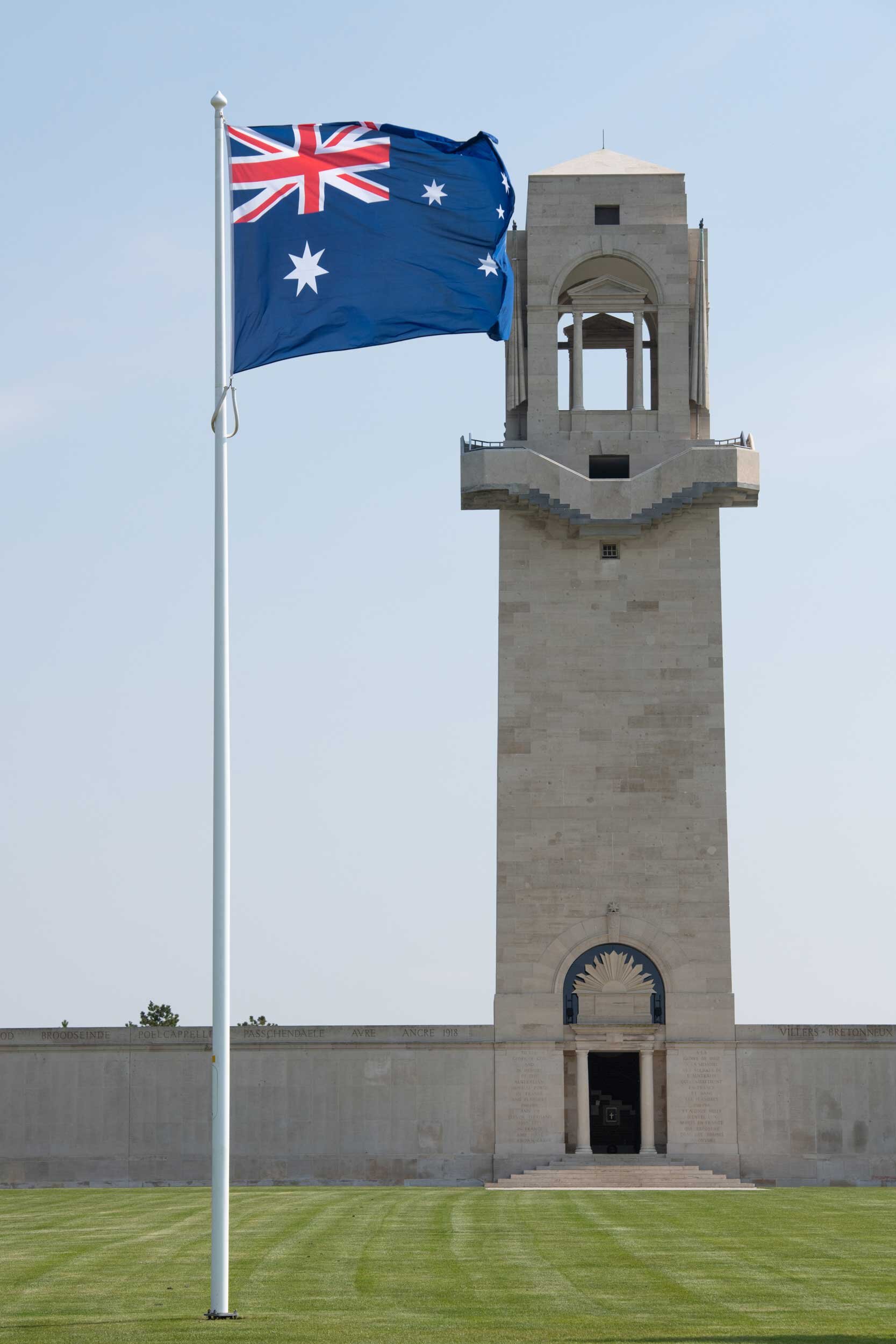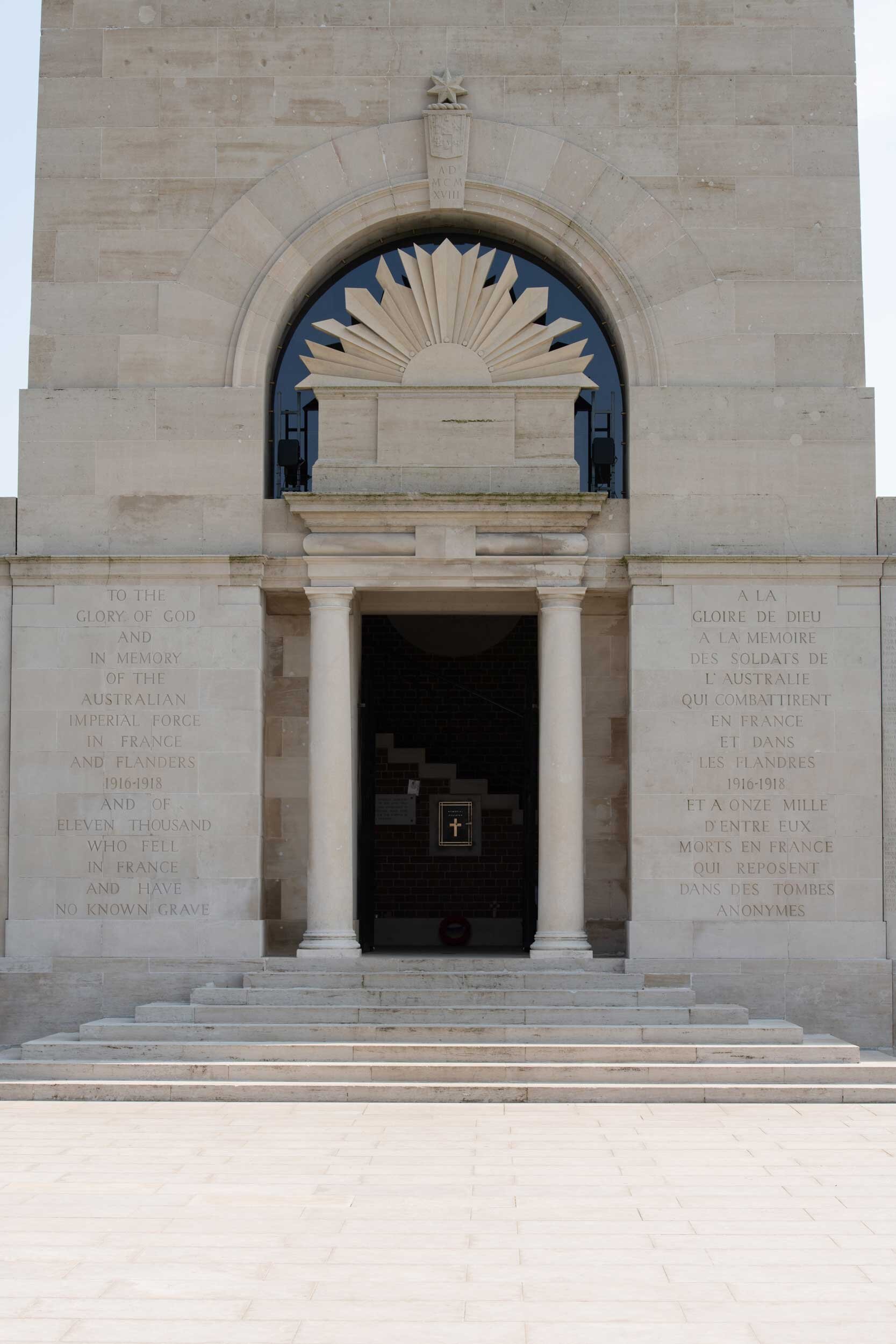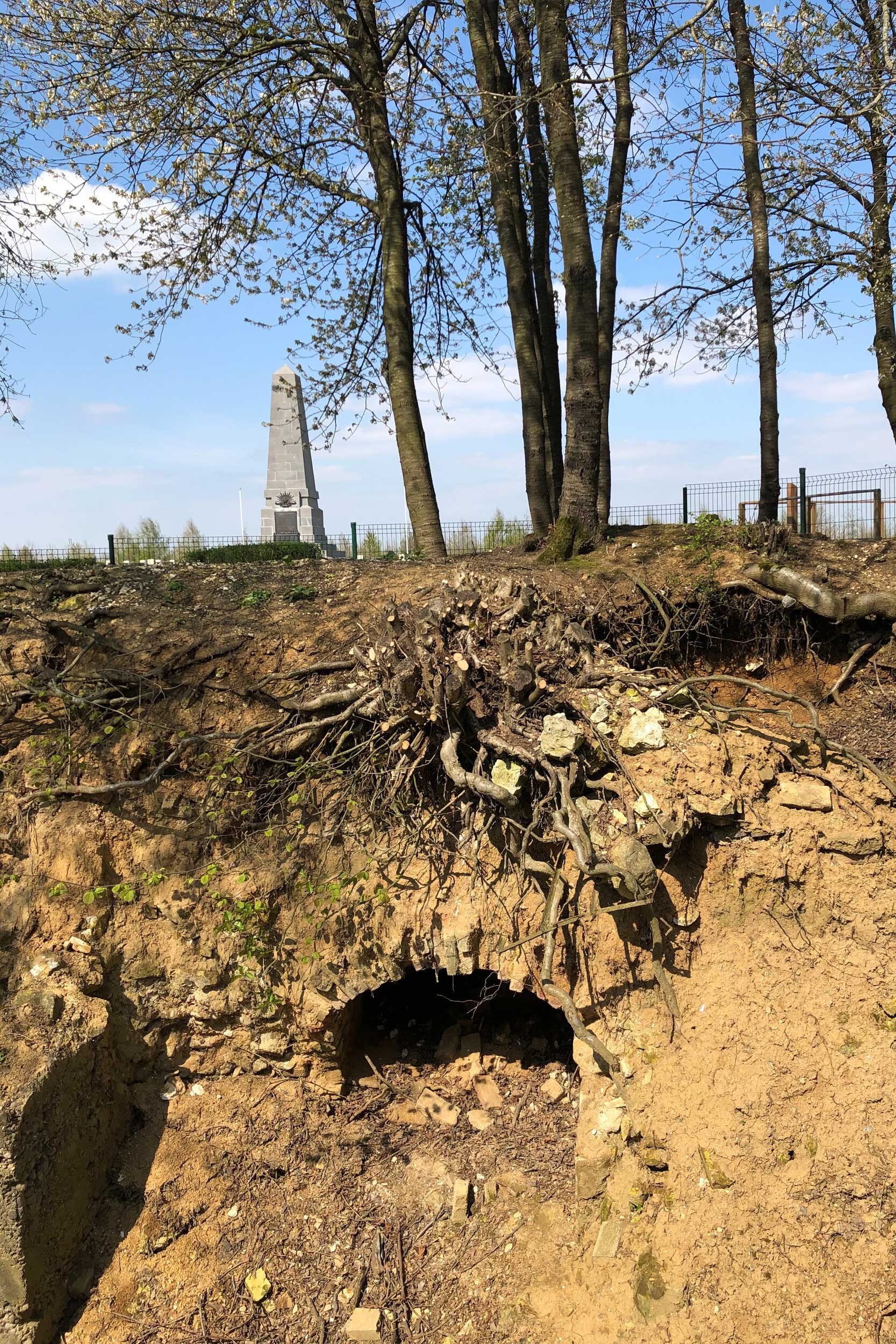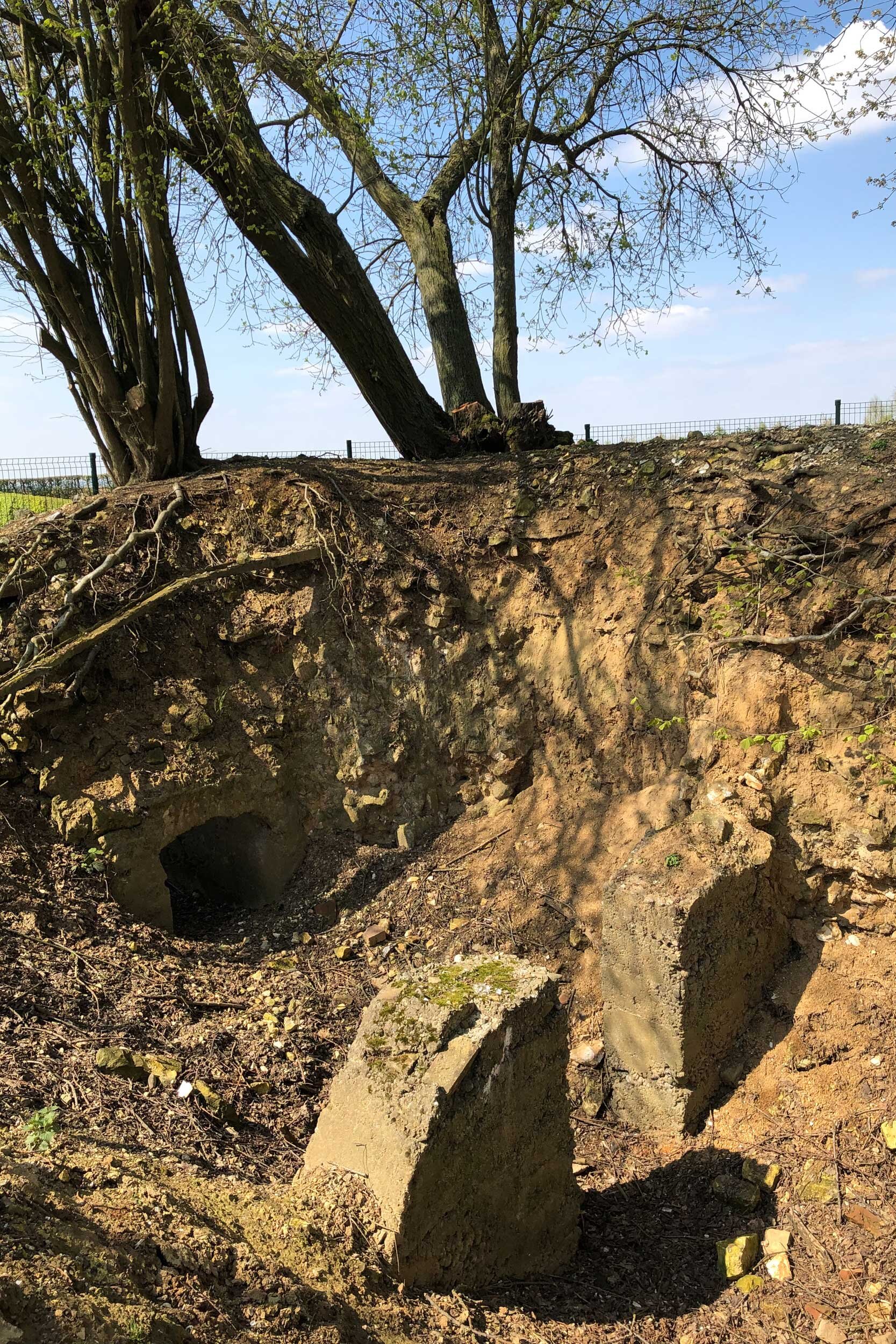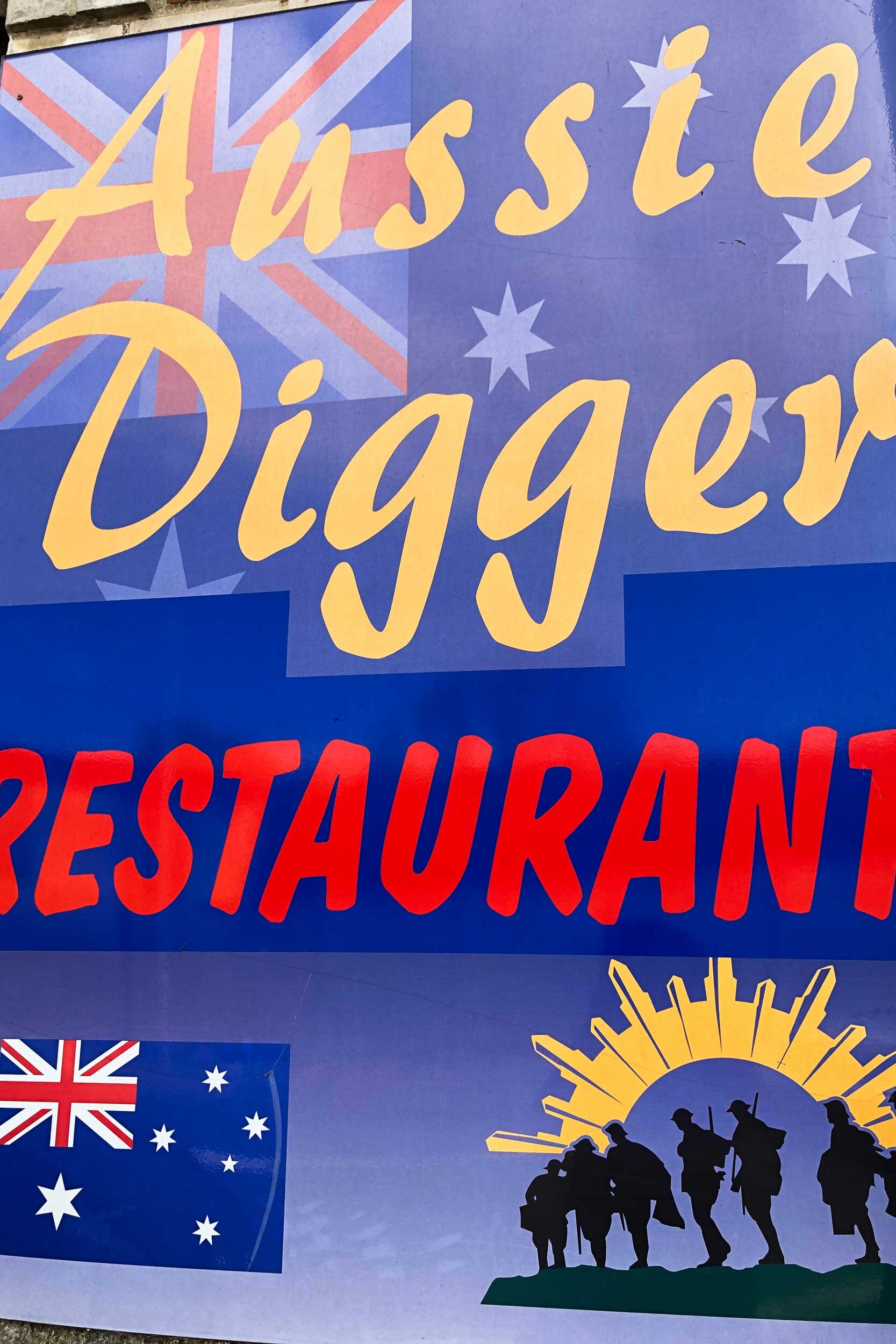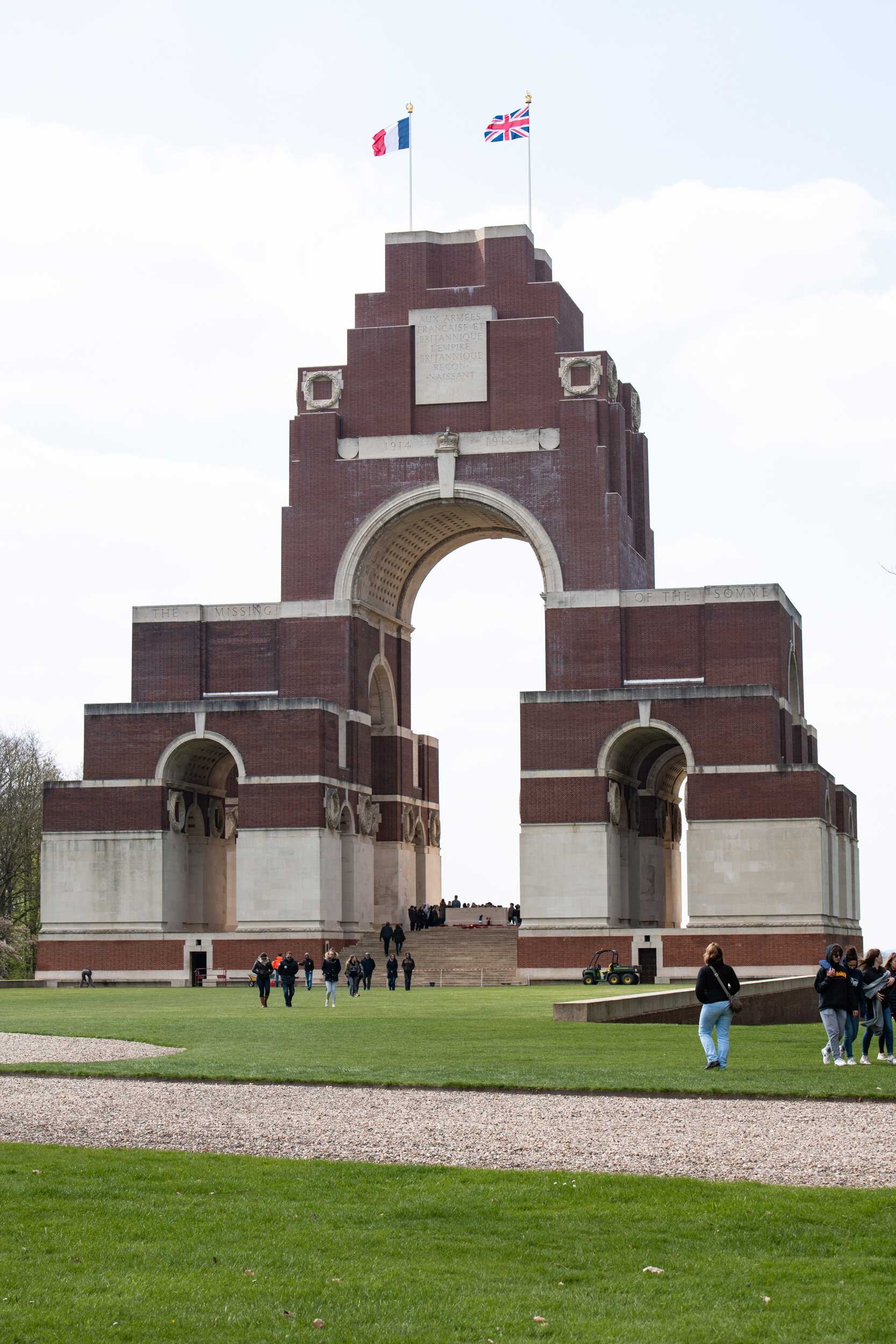Anzac Day: Lest we Forget
With another ANZAC day almost upon us, Chris and I spent time this last week reflecting upon our experience in the Somme. It was April 2019 and almost 101 years since the end of the First World War.
I have a personal connection to WWI as both my grandfathers served in the British Imperial Army and were posted in France. My maternal grandfather, Alfred James Williams, Rank/Private: No S/6124-7th Battalion Rifle Brigade, entered Service in France on 20/5/1915. He was just 18 years old. He was injured in conflict, ‘patched up’ and returned to duty. Now, as Royal Army Service Corps/Private No: M/376825, fit enough to return but not as a front-line soldier. The RAS corps supplied transport of troops, equipment, food and fuel. He ‘saw out’ the war and collected 3 medals. My grandfather died from complications after having shrapnel removed in 1937. My mother was 7 years old at the time.
My paternal grandfather, Harold Arthur Lunn, lied about his age to enlist. When war started, he was only 15. He had been mistakenly given a white feather as the customary accusation of cowardice probably because he was tall for his age. I don’t know exactly when he enlisted but the story was that, when the army discovered his age, they assigned him to the Royal Army Medical Corps Regiment 66578, which was not a front-line position. He survived the war but suffered shell shock. He died in 1965 when I was 3 years old.
Symbolising the bond between France and Australia in the cemetery at The Australian Memorial
I grew up in Australia, celebrating ANZAC Day at school. However, the story was always about Gallipoli and it wasn’t until recently that I have become aware of the Australian involvement on the Western Front - Northern France and Belgium during a televised ANZAC service from Villers-Bretonneux.
Australian Memorial and military cemetery at Villers-Bretonneux. The Australian and French flags fly side by side as powerful symbol of the bond formed between our two nations in WWI.
About 6 years ago, I spent some hours at the Australian War Memorial in Canberra, focusing on WWI on the Western Front and coming to grips with the enormous loss of life. During the two and a half years that Australia was involved, 80 percent of the casualties for the whole war occurred between mid 1916 and late 1918 at the Western Front.
The Australian Memorial at Villers-Bretonneux was built in 1938
Planning our trip to France in April 2019 provided us with the opportunity to travel to the north and visit WWI sites. We could have fumbled around the area ourselves but we thought it would be more interesting to have a private guided tour, particularly as we were limited to one day. A history teacher, who works with Chris, recommended a company, ‘Cobbers Battlefield Tours’ so I contacted them.
Lisa, from Cobbers, was helpful and accommodating right from the start of our communication and we organised a tour date. She picked us up just outside of our magnificent town house accommodation in Arras. As we made our way south across the flat landscape, she began telling us stories of the battles of the Somme ‘en route’ to our first stop.
To enter the Sir John Monash Centre at Villers-Bretonneux we descended by ramps, passing signs like ‘Rue de Kanga’ and ‘Wallaby Lane’. We had a strong feeling of being in a trench, albeit a very neat, dry and safe one. The centre has ‘state-of-the-art’ technology with various types of displays to envelope the visitor in the history of war in the Somme. We immersed ourselves in the experience before heading outside to climb to the top of the tower of the Australian National Memorial, which was opened in 1938. We left feeling overwhelmed at the human sacrifice that took place here.
Inscriptions on The Australian War Memorial where entered and climbed the tower
On the walls are inscribed the names of 10,700 Australian soldiers missing in France. The views across the countryside were a patchwork of colour in early spring and we could see the village of Villers-Bretonneux close by. It was hard to reconcile this view with the bloodshed that had occurred right here on this land between 1916 – 1918. Afterwards, we wandered amongst the rows of the military cemetery on our way to meet Lisa for the next part of the tour.
View from The Australian Memorial tower
Some of the many gravestones in the military cemetery
The countryside was flat and the small villages dotting the landscape were almost frozen in time. The monuments and cemeteries throughout the area were a grim reminder of the atrocities that took place in WWI.
In Pozières, we visited the First Australian Division Memorial that commemorates their involvement in France and Belgium from Pozières in 1916 to the Hindenburg Line in 1918. We then learnt about ‘Ferme du Mouquet’ (Moo Cow Farm to the Australians). Here, there were 9 separate attacks by 3 Australian divisions between 8 August – 3 September, 1916. There were 11,000 causalities.
First Australian Division Memorial
Inscription on the First Australian Division Memorial
The quiet countryside … once fields of death!
Trenches and bunkers remain as a reminder of the war
At Le Moulin de Pozières (Pozières Windmill), over 7 weeks in 1916, more than 6,700 Australian soldiers of the AIF (Australian Imperial Force) died in the countryside around the windmill. This number was more than on any other single battlefield. The windmill was finally captured by the Australians on 4 August 1916. The Australian Memorial (The Windmill) stands by a tiny bump in the landscape. Such a small piece of land fought over with so much carnage. Tank warfare began here in September 1916.
As we stood there in reflective silence, in the warmth of the spring sun and feeling the slight cool breeze, we couldn’t help but feel empty that, in this serene landscape, such a brutal conflict had taken place …
The Australian Memorial (The Windmill) at Pozières
The Australian presence lives on in Pozières
Our lunch stop was at the ‘Aussie Digger Restaurant’ and was an opportunity to digest what we had learnt during the morning.
Lunch in Pozières at the Aussie Digger Restaurant
Australian memorabilia adorns the walls of the Aussie Digger Restaurant
Thiepval Memorial - the British Memorial to the Missing is the largest Commonwealth War Memorial in the world (‘missing’ means they have no known grave)
Nearby, perched atop a hill, the British memorial at Thiepval can be seen for miles around. It is the world's largest war memorial, 45m high, and is inscribed with the names of 72,085 British and South African troops that were missing in action or had no known grave. At the back of the memorial is a cemetery in which lay an equal number of unknown British and French soldiers. Their average age was 25. It serves as a reminder of the alliance between these two nations and the men from both countries that gave their lives to the cause.
The cemetery beyond the memorial (10 Australians are buried here although 6 of them are unknown)
Lisa was an exceptional guide and here she is telling Chris about The Bullecourt Digger
At Bullecourt, we visited The Bullecourt Digger statue that is found on the outskirts of the village. It was built by Melbourne sculptor, Peter Corlett. He modelled the face on that of his own father who had fought at Bullecourt. The village was obliterated in 1917. In the two battles that were fought in that year, the Australians lost faith in their British Commanders. We visited the memorials in the town as well as the small museum, ‘Musée Jean et Denise Letaille Bullecourt 1917’. Jean and Denise Letaille were a local farming couple who assembled a collection of artefacts that were found in the fields of their local area over a period of 30 years. Jean had been the local mayor.
Memorial in Bullecourt
Mairie de Bullecourt (Mayor’s office in Bullecourt)
Our tour was only for one day and we visited only a few sites. There is much more to explore in the area. It was a sobering day and the thing that struck me was that the peaceful countryside and quiet villages are hard to reconcile with the memory of the slaughter of thousands upon thousands of mostly young men to claim just a few fields of land. The whole experience was so powerful and we now had an acute understanding of why an elderly Frenchman had thanked us for our country’s help during the war.
Please see my previous post to experience this wonderful story.
https://www.frenchviews.com.au/my-journal/merci-from-a-small-country-to-a-big-country
Australia’s population at the time was less than 5 million, of which 416,809 men enlisted. More than 60,000 died and 156,000 were wounded, gassed or taken prisoner.
LEST WE FORGET
Some information in this post was taken from a booklet, ‘Australian Remembrance Trail along the Western Front: A Traveller’s Guide’, published by the Department of Veterans’ Affairs, Canberra, April 2018. I picked up my copy at the Sir John Monash Centre:
For more information on the Somme:
Arras is a beautiful town and our accommodation was a magnificent bed and breakfast that was previously an historic hotel of the 1700s. It is surrounded by high walls and you open a huge gate to enter the beautiful and private garden. The house was impressively decorated in period furnishings and art works. Our bedroom was elegant and even had a chandelier. The bathroom was spacious and modern, a winning combination of old and new. The best part of this experience was the wonderful family. Nothing was too much trouble. They recommended great places to eat and visit during our short stay. They were very generous and, also, amazingly kind when they heard of my father-in-law’s death during our stay. We wish that we could have stayed longer and we highly recommended booking this accommodation for a fabulous experience.
More about Arras another time.




